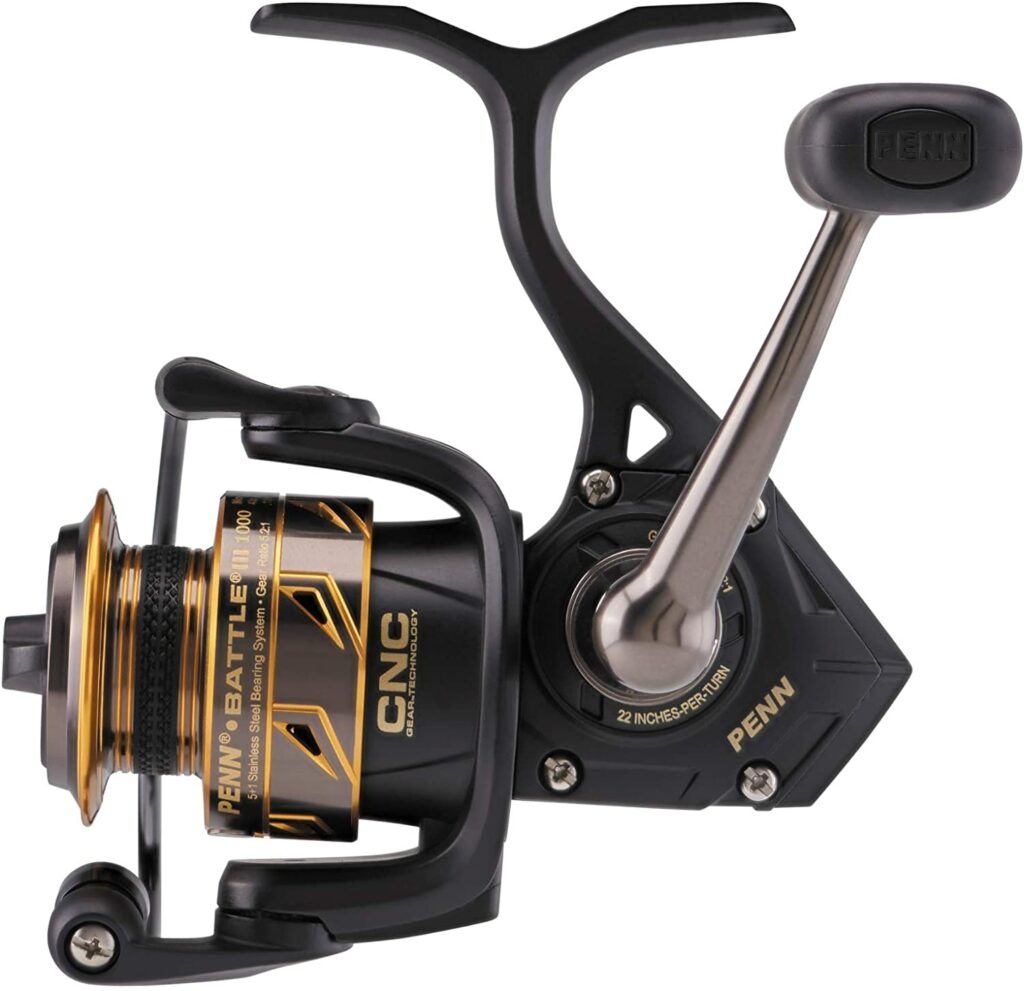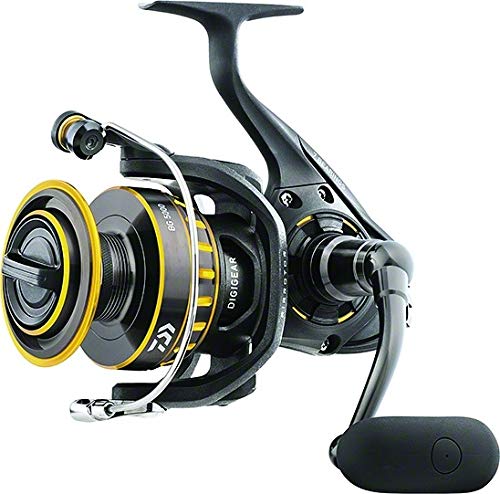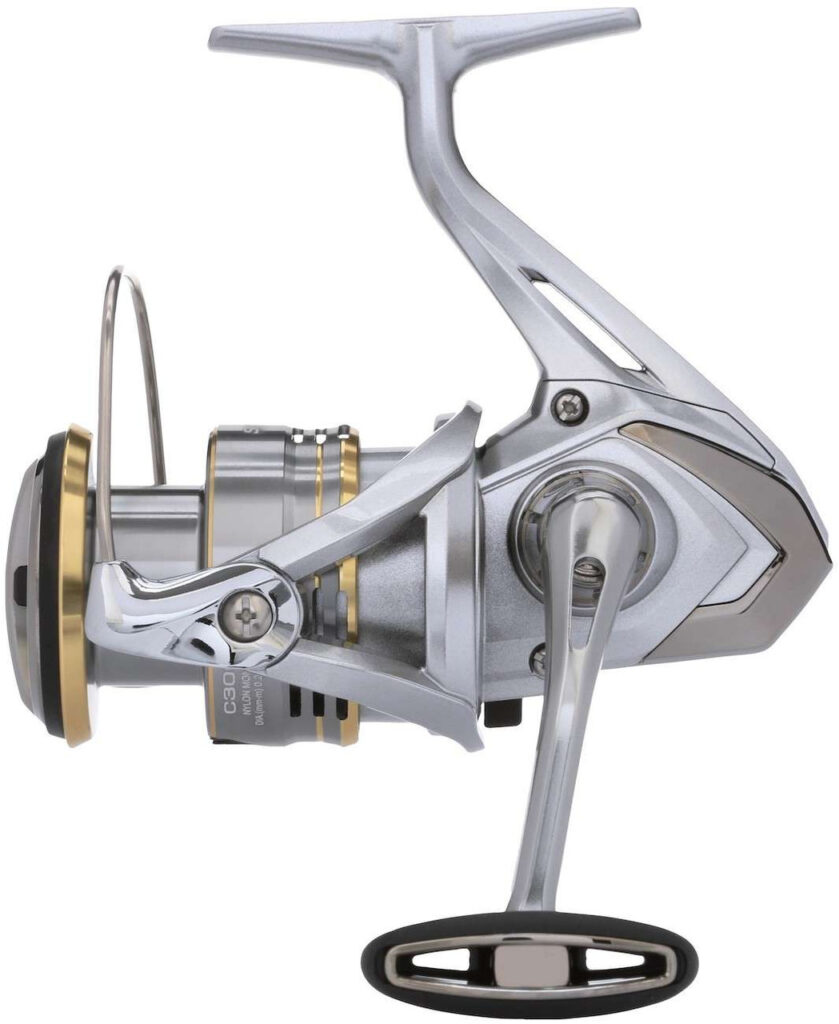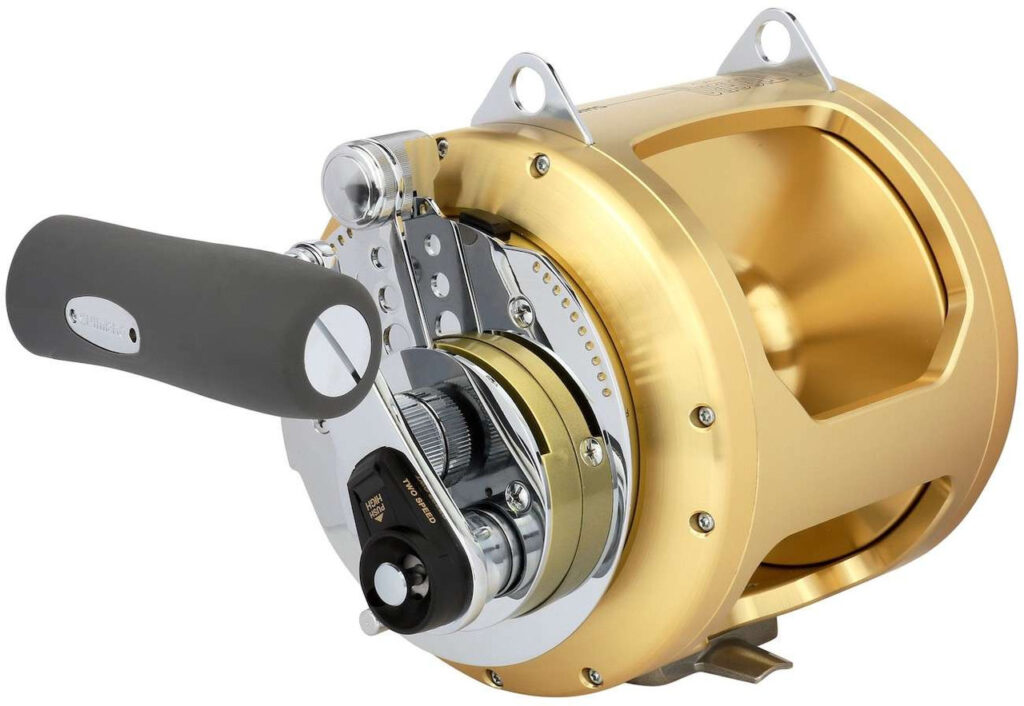Choosing the right saltwater fishing reel can feel overwhelming. With so many options on the market, each claiming to be the best, it’s easy to get lost. The reel you choose seriously impacts your fishing experience, especially when dealing with the powerful, swift fish found in the ocean.
QUICK LOOK Choosing a Saltwater Fishing Reel
When selecting a saltwater fishing reel, you first need to consider what you will be fishing for, and what style of fishing you prefer. There are four types of saltwater fishing reels: Spinning reels, Baitcasting reels, conventional reels and fly reels. Each has its own applications and my best advice is to find a good tackle shop and go try it befor you buy it. Most tackle dealers will have experienced staff that can advise you and help you find the best saltwater fishing reel for you and your unique fishing style and situation.
There are different types of saltwater fishing reels, each with its advantages and ideal use cases. It’s essential to know which type aligns with your needs and fishing style. Saltwater fishing reels need to withstand harsh conditions and perform reliably under pressure.
They are engineered to handle the corrosion caused by saltwater and the power of larger, stronger fish. Whether you’re after redfish in the flats or marlin offshore, having the right reel is crucial.
Types of Saltwater Fishing Reels
- Spinning reels are a hit among many anglers, especially those just starting. They’re easy to use and super versatile. Perfect choice for a variety of fishing techniques. In saltwater, they’re great for targeting species like redfish, snook, and sea trout. The open-face design makes them less prone to tangles and easy to cast, even in windy conditions.
- Baitcasting reels offer more precision and control, making them a favorite for seasoned anglers. They allow for accurate casting and provide a stronger drag system, ideal for handling those feisty, larger saltwater fish. However, they do have a steeper learning curve, so they’re generally recommended for those with a bit more experience.
- Conventional reels are your go-to for big game and deep-sea fishing. These reels are built tough with a high line capacity and robust drag systems, making them perfect for battling behemoths like marlin, tuna, and sailfish. If you’re heading offshore and aiming for the giants of the sea, this is your reel.
- Fly reels in saltwater fishing are a niche but growing choice. They differ from conventional reels, focusing on smooth, consistent drag and corrosion resistance. Saltwater fly fishing targets species like bonefish, tarpon, and permit. The design caters to the unique needs of fly fishing, with elegant yet durable construction to handle tough saline environments.
Knowing the different types of saltwater reels can help streamline your choice, aligning your equipment with your fishing goals and enhancing your overall fishing experience.
What Makes a Saltwater Fishing Reel Different?
Saltwater fishing reels stand out because they are designed to face much harsher environments. One of the most critical features is corrosion resistance. Saltwater is notorious for causing the metal to rust and degrade quickly, so these reels are built with materials like stainless steel, anodized aluminum, or corrosion-resistant coatings.
This ensures the reel lasts longer and maintains its performance trip after trip. Durability and strength are other key differentiators. These reels are robust, with stronger gears and tougher drag systems to handle larger, more powerful fish.
While freshwater reels might suffice for gentler conditions, they simply can’t cope with the intense stress and strain of saltwater environments. Imagine trying to reel in a hefty tuna or battling a speedy sailfish—your reel needs to be up to the challenge.
Comparing freshwater and saltwater reels is like comparing a family sedan to a rugged off-road vehicle. Both serve a purpose but for entirely different terrains. Freshwater reels are designed for lighter, calmer fishing experiences, like lakes and rivers.
In contrast, saltwater reels are built to withstand the abrasive and unpredictable nature of the ocean. Using a freshwater reel in saltwater can lead to rapid deterioration and poor performance, hence the necessity for a dedicated saltwater reel.
5 Features to Consider When Choosing a Saltwater Fishing Reel
- Corrosion resistance is a vital feature of saltwater reels. Look for materials like stainless steel and anodized aluminum, and ensure the reels have sealed bearings. Saltwater environments can be unforgiving, and these features help keep your reel in top shape.
- Drag systems dictate how smoothly you can fight a fish. A smooth, adjustable drag is crucial for handling powerful species. Understanding the difference between front drag and rear drag systems can help you choose based on ease of use and maintenance. Front drags are often more powerful and precise, while rear drags are easier to adjust on the fly. The gear ratio determines your reel’s retrieval speed. Higher gear ratios mean faster retrieval but less power, while lower gear ratios provide more power at a slower speed.
- Matching the gear ratio to your fishing technique can make a big difference. For example, a high gear ratio works well for quick retrievals, while a low gear ratio offers better control and power for battling bigger fish.
- Line capacity is another critical factor. You’ll need enough line to handle those long runs saltwater species are known for. Inshore fishing may require less capacity than offshore, where you might be battling monster fish. Always check line capacity recommendations for your target species.
- Weight and balance are often overlooked but essential for a comfortable fishing experience. A lightweight reel can reduce fatigue, especially on long fishing days. However, it needs to be durable too. Balancing your reel with your rod ensures smoother casts and less strain on your wrist.
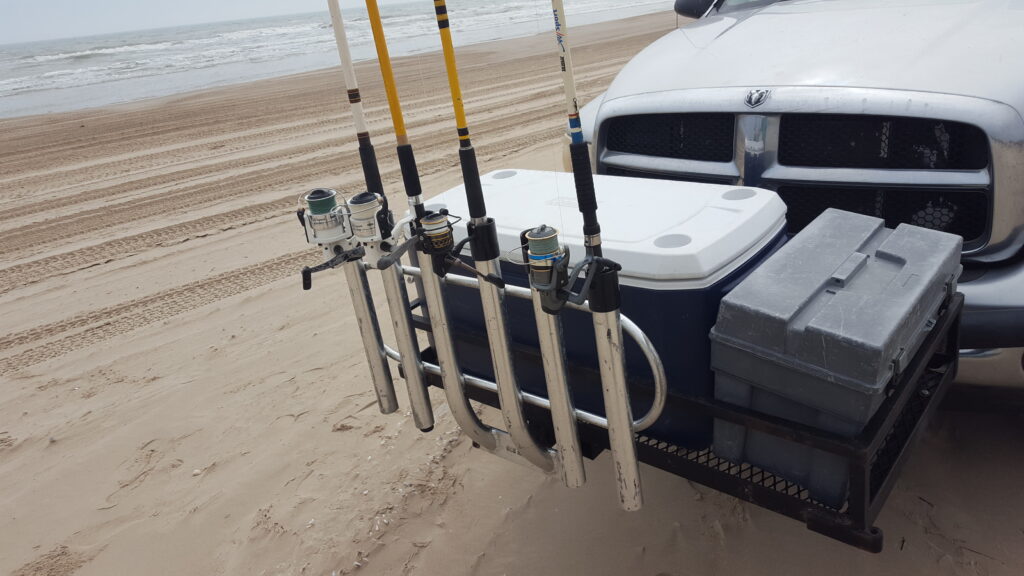
Matching Reels to Fishing Style and Techniques
Inshore fishing often targets species like redfish, speckled trout, and flounder. For these, lightweight and versatile spinning reels are a solid choice. Their easy handling makes frequent casting and retrieving effortless, which is a big part of inshore fishing.
Look for reels with a good drag system and moderate line capacity for these smaller but spirited fighters. Offshore and big game fishing demand heavy-duty reels. These are the reels designed to withstand the immense pressure of fighting large species like tuna, marlin, and sailfish. In this scenario, conventional reels shine.
Their robust drag systems and large line capacities are suited for the tug-of-war that characterizes deep-sea fishing. Make sure your reel can handle the heavy lines and long runs that offshore species are known for.
Surf fishing presents its own unique challenges. The constant exposure to sand, salt, and surf means you need a reel with exceptional corrosion resistance. High line capacity is crucial since you’ll be casting far distances to reach the fish.
Spinning reels with sealed components and long-cast capabilities are often preferred here. Also, pay attention to the gear ratio depending on whether you’re targeting fast-moving fish or bottom dwellers.
By understanding the specific demands of your fishing environment, you can match your gear to your needs, ensuring you’re prepared for whatever the ocean throws your way.
Material and Build Quality for a Saltwater Fishing Reel
- Aluminum vs. Graphite Reels: The choice between aluminum and graphite reels boils down to durability and weight. Aluminum reels are known for their strength and longevity, making them ideal for battling large saltwater fish. Graphite reels, while generally more lightweight, offer excellent corrosion resistance. Your decision here depends on whether you prioritize overall strength or ease of handling.
- Sealed Bearings: Saltwater fishing benefits greatly from reels with sealed or shielded bearings. These bearings prevent saltwater and debris from entering, ensuring smoother operation and extending the reel’s lifespan. Look for reels that advertise these features for added peace of mind.
- Anti-Corrosion Coatings: Another critical aspect is the presence of anti-corrosion coatings. These treatments protect the reel’s metal components from rust and deterioration, significantly extending its service life. Reels with these coatings offer more reliability and less maintenance worries, letting you focus on enjoying your fishing experience.
Matching Your Saltwater Fishing Reel with the Right Rod
Reel-Rod Balance: The synergy between reel and rod greatly influences your fishing efficiency. Choose a reel that balances well with your rod in both weight and size. A well-balanced setup reduces fatigue and improves casting accuracy.
Compatibility with Different Rod Types: Different fishing methods require different rod and reel pairings. For instance, surf fishing benefits from the use of spinning reels paired with surf rods designed to cast over long distances.
Meanwhile, conventional reels match perfectly with sturdy offshore rods for deep-sea adventures. Understanding these compatibilities ensures you have the ideal set-up for your specific needs.
Maintenance of Saltwater Fishing Reels
Preventing corrosion is key. Always rinse your reels with fresh water after each use. Saltwater can wreak havoc, so don’t skip this step even if you’re tired after a long day on the water. A quick rinse can go a long way in extending the life of your gear.
Regular lubrication and cleaning are essential. Don’t just focus on the outside; open up the reel to clean and lightly lubricate the internal components. Use reel oil and grease specifically designed for fishing reels. This keeps everything running smoothly and can prevent costly repairs.
Proper storage matters more than you might think. Store your reels in a cool, dry place. Humidity and heat can cause damage over time. If possible, use a reel cover to keep dust and grime away. Remove the line if you won’t be using the reel for a while, as this can relieve tension on the spool and gears.
By paying attention to these maintenance tips, your reel can keep performing at its best, letting you focus on the thrill of the catch without worrying about equipment failures.
Recommended Saltwater Fishing Reels
For beginners, some reels offer a balance of affordability, durability, and ease of use. Models like the Penn Battle III and the Daiwa BG are excellent choices. They’re tough enough to handle saltwater conditions but simple enough for anyone still getting the hang of things. These reels work across various fishing styles, making them versatile starting points.
Experienced anglers often look for high-end reels that provide more precision and power. Reels like the Shimano Stradic, Vanford, and Penn Authority are worth considering. These models come with advanced features like more refined drag systems and higher line capacities, offering performance that meets the demands of seasoned anglers.
For specific fishing styles, certain reels stand out.
- Inshore fishing often benefits from the versatility of spinning reels like the Shimano Sedona.
- Offshore fishing sees the best performance from conventional reels like the Shimano Tiagra, known for its power and durability.
- Surf anglers might prefer spinning reels designed for long casting distances, such as the Daiwa Saltist.
Selecting the right reel depends on your individual needs, balancing ease of use, features, and the environment in which you’re fishing. By zeroing in on what’s important for your fishing style, you can find a reel that will make your saltwater adventures more enjoyable and successful.
Key Takeaways for Choosing Saltwater Fishing Reels
Picking the right saltwater fishing reel boils down to understanding your own needs and fishing style. Whether you’re a beginner or a seasoned pro, considering the type of reel, its features, and how it matches your intended fishing techniques is crucial.
Investing in a quality reel suited for saltwater conditions can make a significant difference. Durable, corrosion-resistant materials and dependable drag systems are worth the cost, especially when facing tough saltwater species.
Maintaining your reel properly extends its lifespan, ensuring it performs well trip after trip. Practicing regular maintenance, proper storage, and choosing the right reel for the right environment keep your gear in top shape.
Key Takeaways: 3 Tips for Selecting a Saltwater Fishing Reel
- Test Before You Buy: It’s always a good idea to visit a store and handle the reels yourself. Feeling the grip, weight, and overall build can provide insight into comfort and quality that specs alone can’t offer.
- Consider Your Fishing Style: The reel you choose should align with your preferred fishing methods. Whether you’re fishing from the shore, deep sea, or in shallow flats, pick a reel that complements your typical style.
- Ask for Expert Advice: Don’t hesitate to seek recommendations from local tackle shops or seasoned anglers. They can offer valuable insights based on experience and regional fishing conditions.
Feel free to share your thoughts or ask questions if you need more guidance in the comment section below. With the right reel, every fishing trip becomes an adventure you’re well-equipped to handle.
As always, stay safe, enjoy the journey and please try to leave it cleaner than you found it. If you have any comments, questions, ideas, or suggestions please leave them in the comment section below and I’ll get back to you ASAP. You can follow us on Facebook: Rex The Beach Angler, Instagram: thebeachangler7, Twitter: @AnglerBeach, and YouTube: Man Art Creations.
See More Gear Tips and Reviews
- 6 Top Features of Okuma Hakai Baitcast Reels
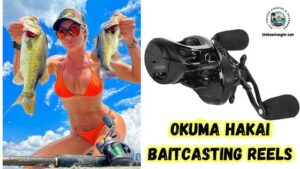
- The Daiwa Lazy Fashad

- Z-Man Big BallerZ

- Piscifun Salis X Trolling Reel Conventional Level Wind Reel
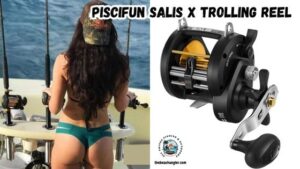
- Turtlebox Gen 3 Waterproof Speaker

- 5 Tips for Using the Rapala X-Rap Magnum Xtreme
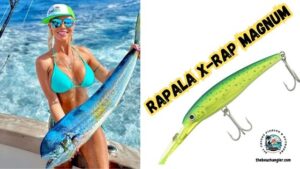
P.S. – Thanks so much for checking out our blog we really appreciate it. Just so you know, we may receive a commission if you click on some of the links that appear on our site. This helps us keep our content free and up-to-date for everyone. We appreciate your support!

A life long surf fisherman with 50+ years of experience, I am also an avid hunter and outdoorsman. I will be sharing my passion for the outdoors with you so be prepared for hunting, fishing, camping, hiking and more. Along with gear reviews and the latest trends and innovations in the outdoor industry.


